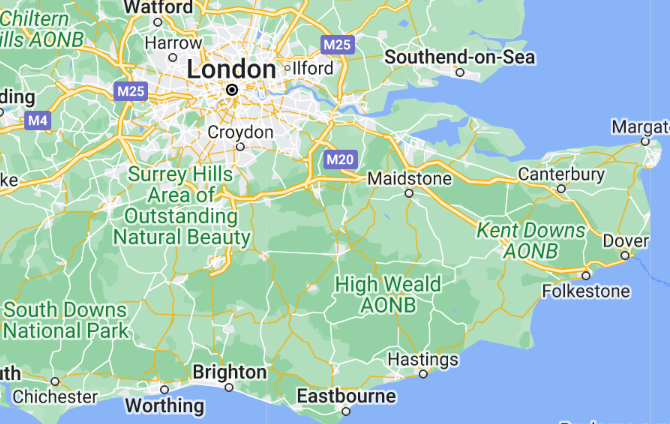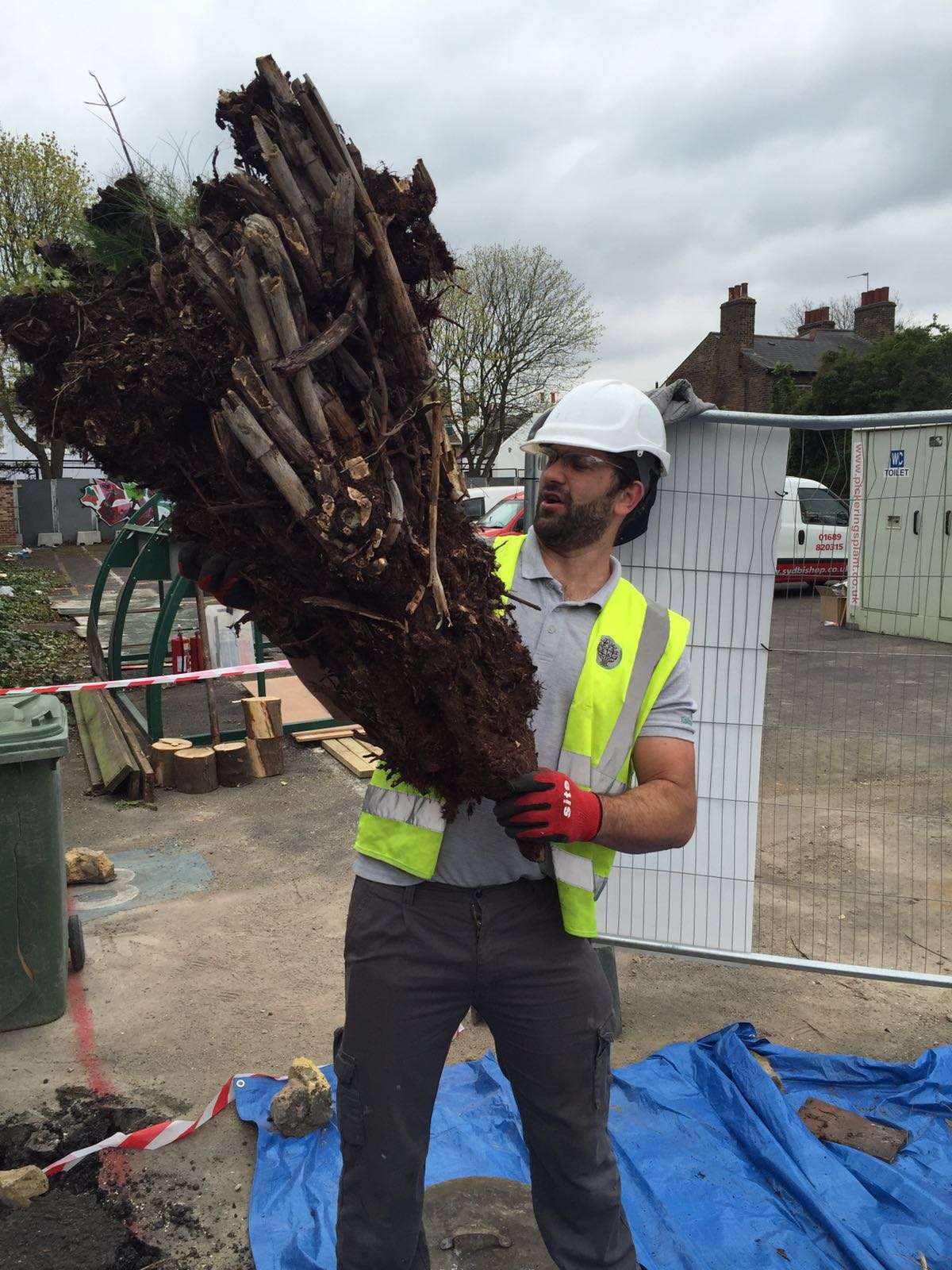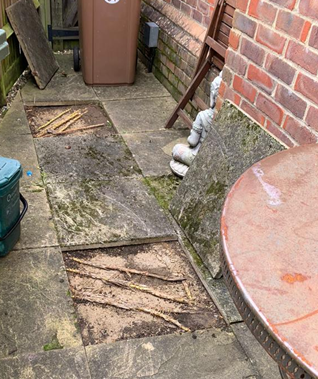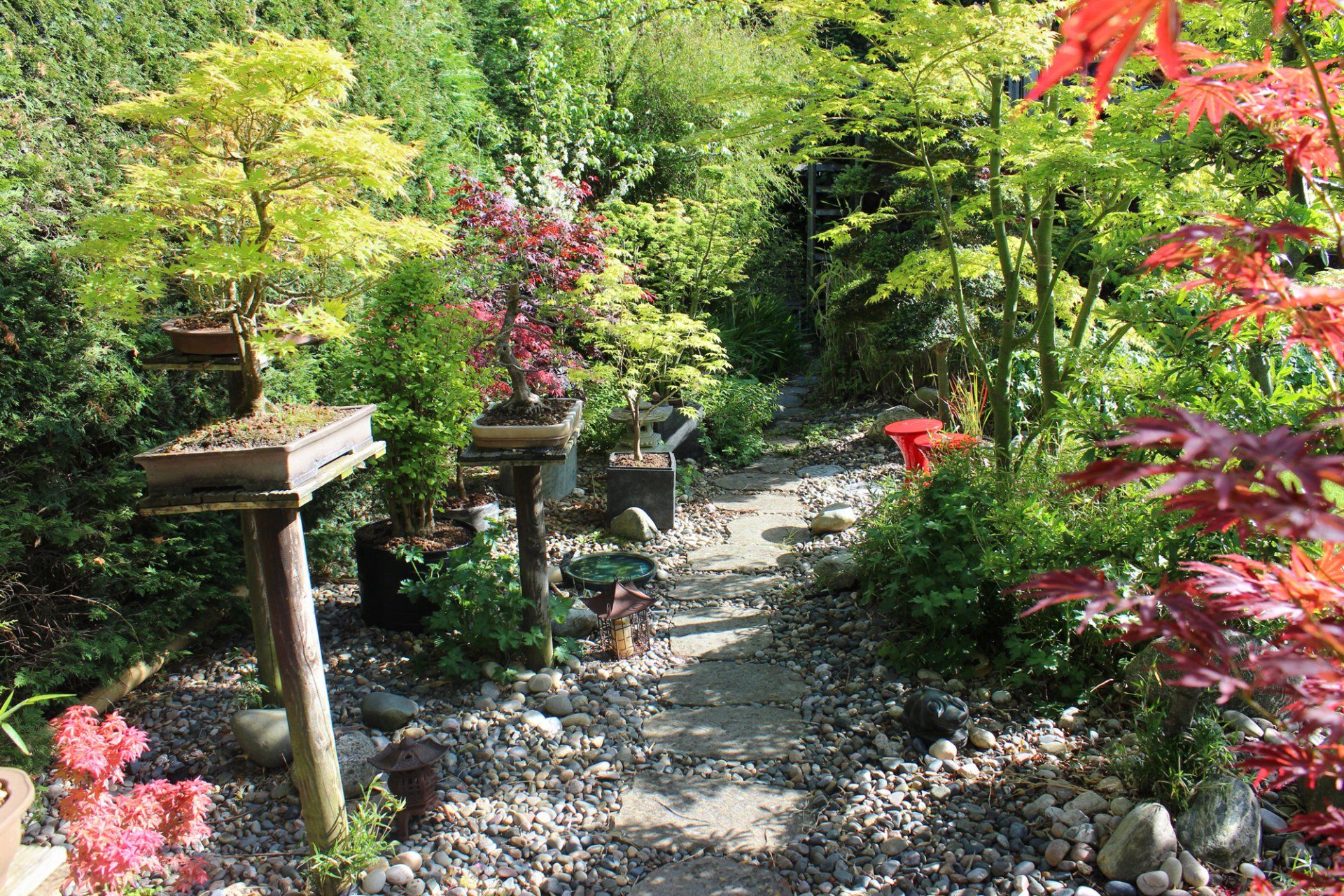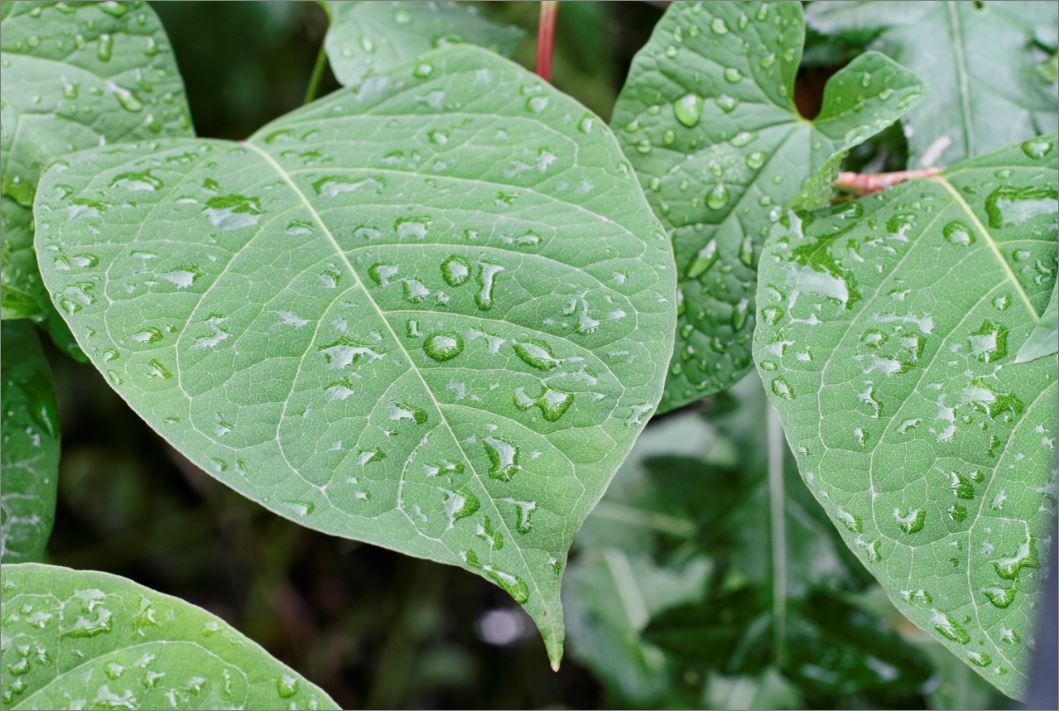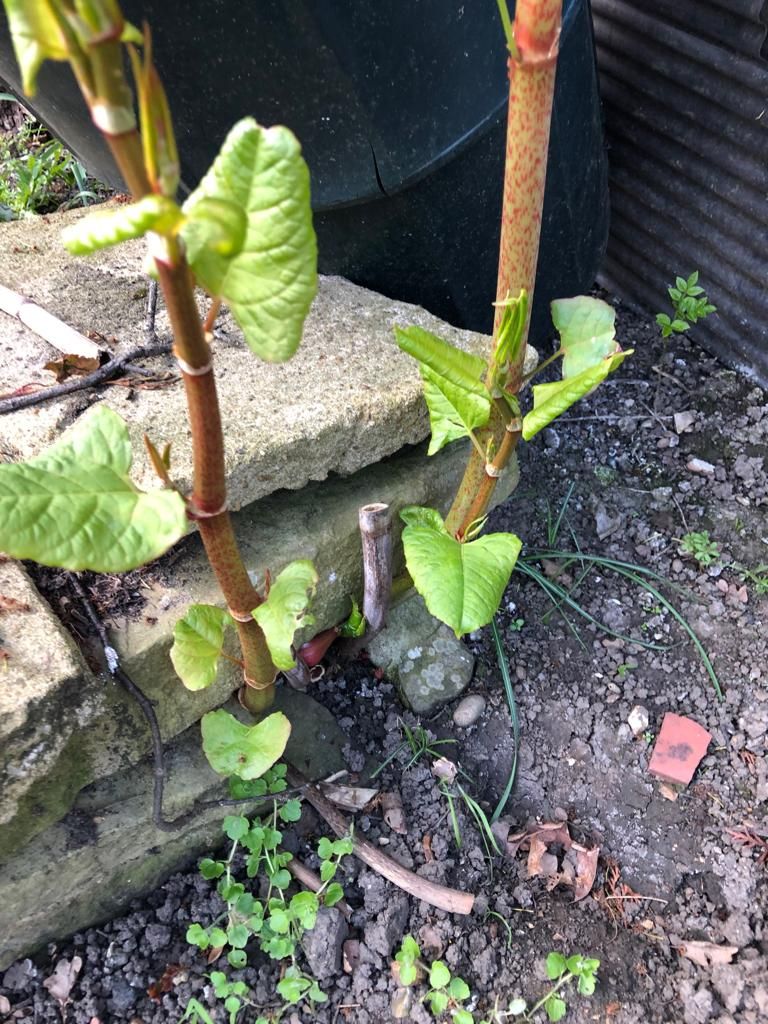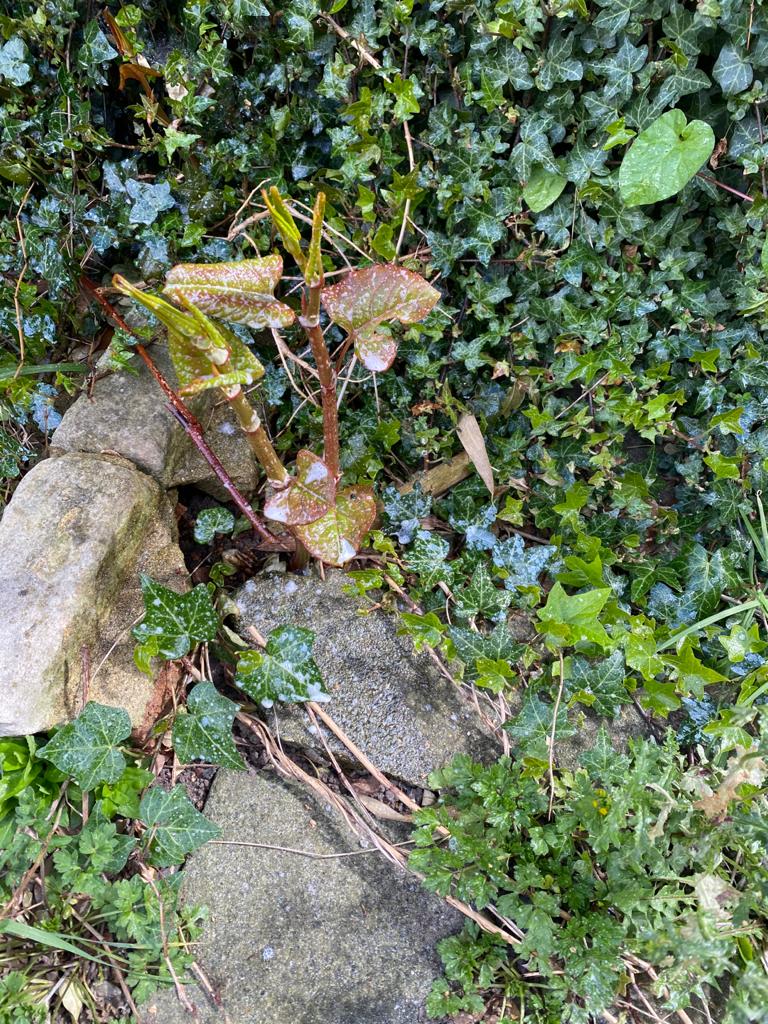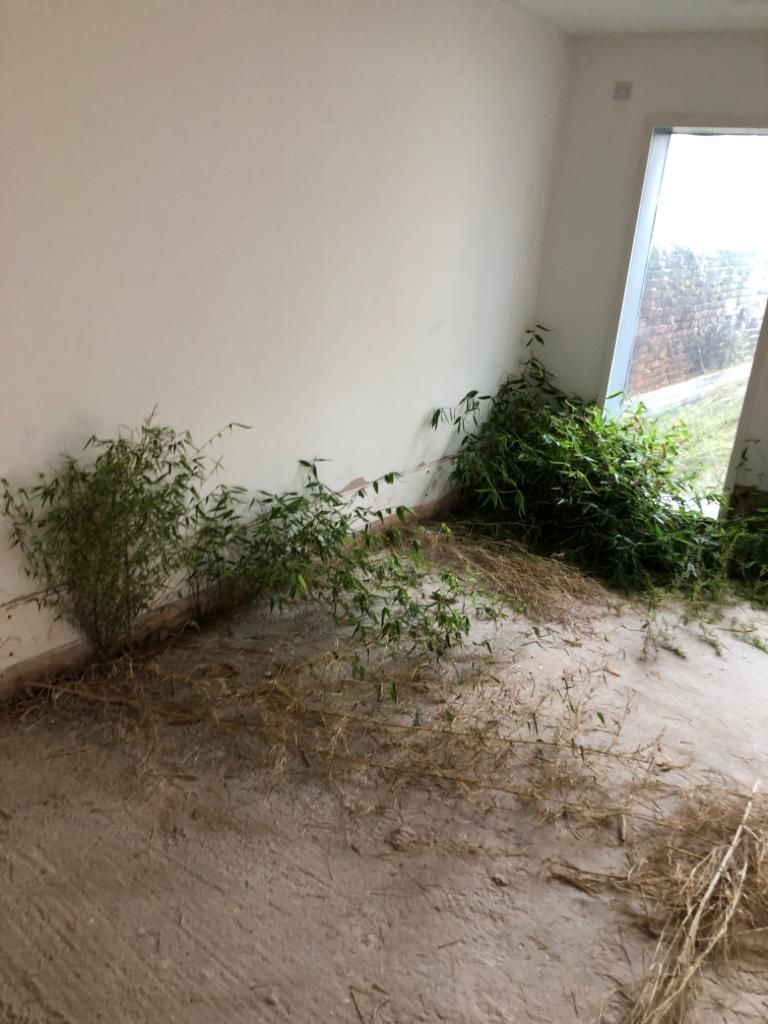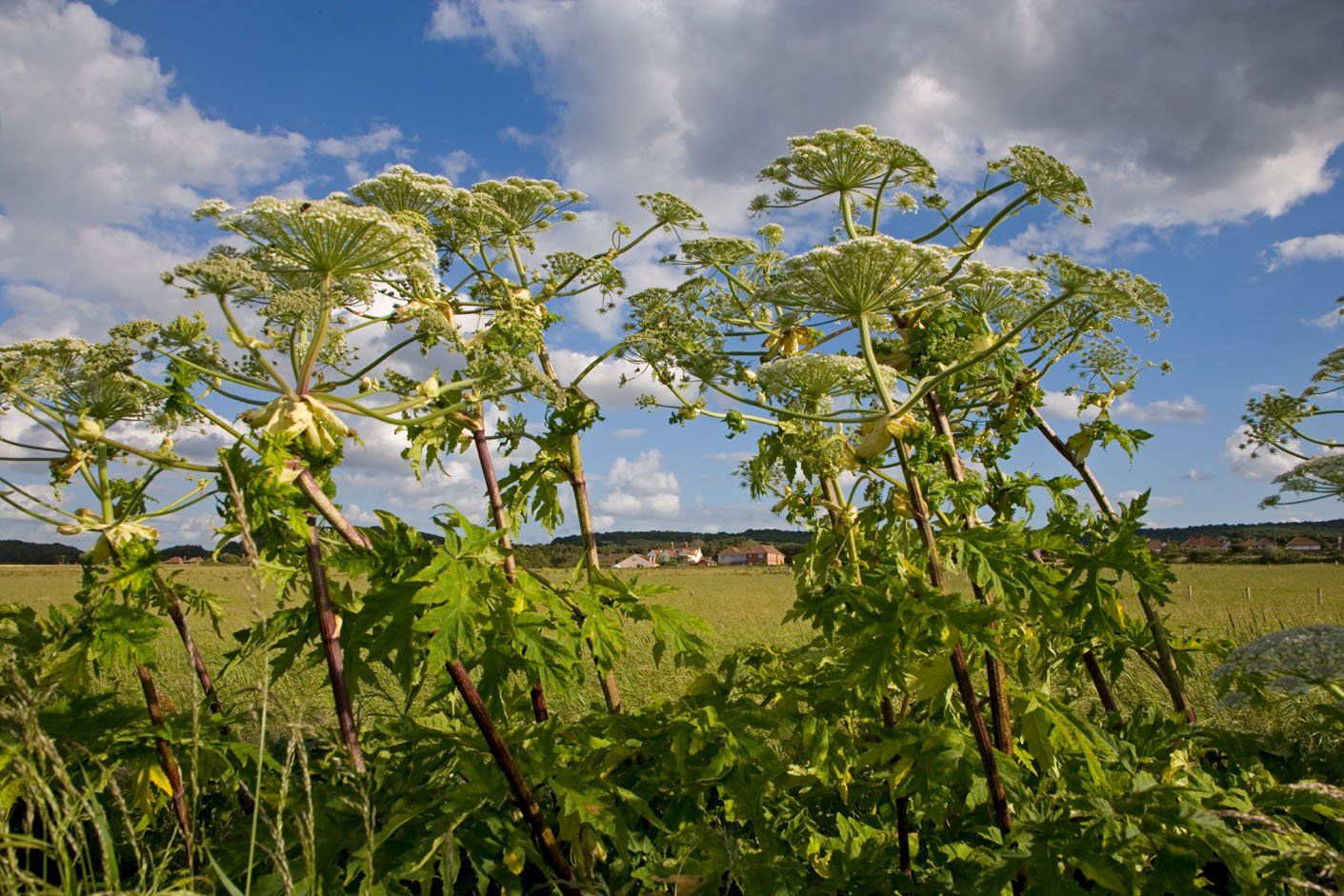Understanding and Identifying Japanese Knotweed
A persistent and pernicious pest, Japanese Knotweed is one of Britain’s most well-known and frustrating weeds. With the ability to spread quickly throughout the country, Japanese Knotweed can cause costly damage to property, due to its immense strength and speed of growth. Typically blooming between late summer and early autumn, Japanese knotweed flowers usually form in clusters that can grow up to 10cm long.
The ultimate master of disguise, Japanese Knotweed can be tricky to identify, due to its ever-changing colours and characteristics depending on the time of year. Therefore requiring the inspection of a professional to identify correctly. In essence, the Japanese knotweed identification process involves, quite literally, getting to the root of the potential problem. Here are some of the signs to look out for if you believe you have knotweed growing in your garden. Identifying these signs early and contacting a professional as soon as possible is essential in removing the issue at its core:
● Knotweed stems grow to around 2-4m, are hollow and can grow up to 2cm a day.
● Japanese knotweed leaves are green, spade-shaped and have a pointed tip.
● Similar to Bamboo, Knotweed has visible nodes between stems.
● Knotweed leaves grow in an alternate zig-zag pattern.
● The plant’s stem crowns emerge form dense clumps.
● Knotweed flowers begin to boom around the start of August through September.
● Japanese Knotweed grows up to around 2.1m (7 feet) in height.
● Knotweed roots are dark brown on the outside and orange/yellow on the inside.
Let’s take a closer look at the key aspects of knotweed identification:
Stems
Japanese knotweed stems will usually grow up to 2-3 metres in height, whilst the inside of the stem is hollow and the nodes form in a zig-zag pattern not dissimilar to bamboo. In fact, the stems themselves are similar in appearance to bamboo and should be noted as such. Able to grow up to 2cm each day, you will notice a red-ish colour appear when they first emerge in Spring, and by the summer the colour will take on a less distinctive shade of green.
Leaves
When Japanese knotweed is in foliage, you’ll notice the leaves are bright green, and will usually feature a signature heart-shaped leaf, although sometimes this can appear in the shape of a traditional Knight’s shield. These leaves are only present in spring and summer, due to their aversion to cold temperatures, and are known to grow up to 14cm long.
Species
The most common species of the plant found in the UK, Japanese Knotweed has been known to hybridise with related species. Giant knotweed is found widespread throughout the UK but is not as common as Japanese knotweed. Compacta is the dwarf variety of the plant and is usually much smaller in stature.
Height
Japanese knotweed can typically be identified during early summer by its hollow stems that feature purple speckles and are up to 3 metres in height. The less frequently occurring Giant knotweed can grow up to 5 metres in height, whereas dwarf knotweed does not typically exceed 1 metre in height.
Do you need a Japanese knotweed removal specialist? At Gaia Environmental, we specialise in eliminating this invasive weed. Contact us now to make an appointment!
We will get back to you as soon as possible.
Please try again later.
